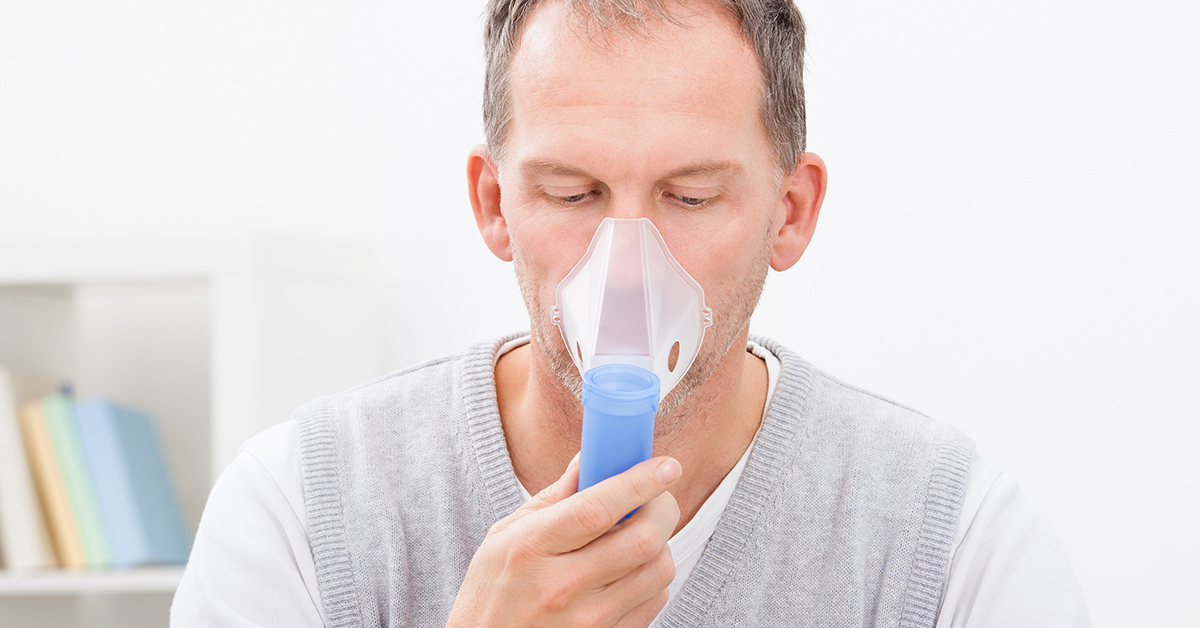
Cystic Fibrosis Treatment
Cystic Fibrosis is a genetic condition that causes severe damage to the lungs, digestive system, and other organs in the body. While cystic fibrosis requires daily attention, individuals living with it are usually able to go to school, work, and enjoy a high quality of life.
Although there is no cure for cystic fibrosis, a variety of treatments are available to reduce its symptoms and the risk of complications down the road. Let's dive deeper into some of the most common treatment options for cystic fibrosis.
Medications
There are a number of medications that may be prescribed to patients with cystic fibrosis including:
- Antibiotics - Antibiotics are usually taken in pill form but are also available as inhalants. They are intended to prevent and treat lung infections.
- Anti-inflammatory Drugs - Patients with cystic fibrosis often cope with repeat infections - which swells their airways and makes breathing a real challenge. An anti-inflammatory drug such as Tezacaftor can assist in moving air easier through the lungs, giving cystic fibrosis patients the chance to blow more air out of their lungs.
- Bronchodilators - The purpose of bronchodilators - which can be administered through an inhaler or nebulizer - is to open the airways. They transform medicine into mist that can be breathed in through the mouth.
- Mucus Thinners - With mucus thinners, patients living with cystic fibrosis may loosen their thick, sticky mucus and improve the function of their lungs.
Digestive Treatments
Cystic fibrosis often makes it difficult for patients to digest food properly and receive the level of nutrition they need. Therefore, they often need to eat more calories, fat, and protein than those who do not have cystic fibrosis. They may also benefit from one or a combination of these digestive treatments:
- Vitamins - Vitamins may be a good option for patients who cannot absorb enough vitamins A, D, E, and K through food.
- Digestive Enzymes - By taking digestive enzymes throughout the day, those with cystic fibrosis may improve the way they absorb nutrients from the food they consume.
- Laxatives - Laxatives or stool softeners may assist patients who are coping with constipation.
Chest Physical Therapy
Chest physical therapy involves airway clearance techniques (ACTs) that can improve the way cystic fibrosis patients breathe. One example of an ACT is clapping or pounding on the chest and back to loosen mucus so that more of it can be coughed out.
Some patients perform ACTs at home with the assistance of a friend or family member while others use medical devices such as masks that use vibrations to remove mucus from the airways or electric chest clappers.
Regular Exercise
While regular exercise is important for all individuals, it is particularly crucial for those with cystic fibrosis. When they work out, their breathing becomes faster and harder and allows them to cough up more mucus. In addition, exercise may improve their mood and protect other body parts. Cystic fibrosis patients who work out frequently do not typically require as much chest physical therapy.
Surgery
In some cases, the only way to improve cystic fibrosis is through a surgical procedure. A few examples of the most common types of surgeries performed to treat cystic fibrosis include:
- Sinus Surgery - Inflamed or infected sinuses are typical symptoms of cystic fibrosis. Sinus surgery may be necessary to remove the growths inside of the nasal passages and make breathing easier.
- Bowel Surgery - Thick, sticky poop is another symptom of cystic fibrosis - which can block or cause the bowel to fold in on itself. Bowel surgery may be conducted to resolve these issues.
- Lung Transplants - Lung transplants are reserved for patients with serious lung problems that cannot be improved through medications. While this procedure is a bit risky, it can provide a patient with new lungs that have not been affected by cystic fibrosis.

